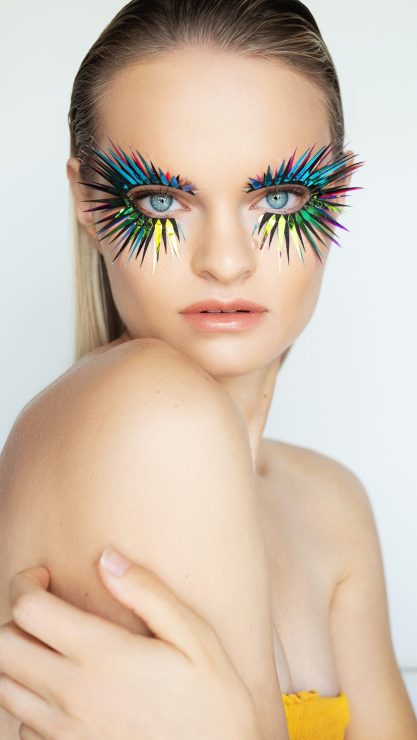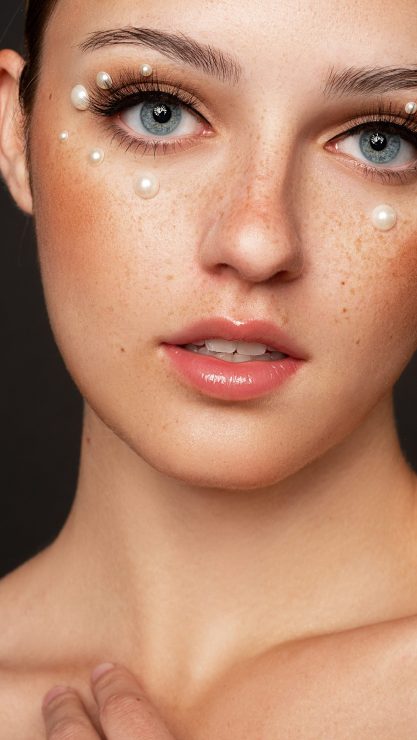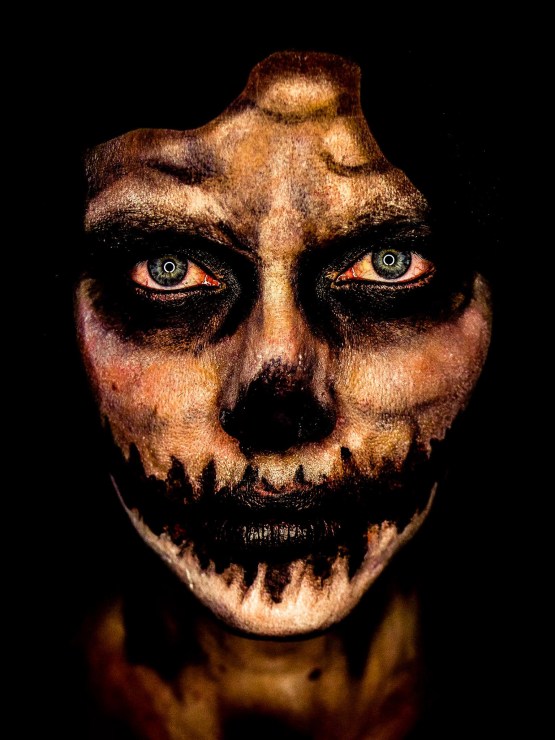When looking at a portrait where is the first place you look? I look at the subject’s eyes.
This leads me to look at the lights in their eyes. A catchlight is a light source that causes a specular highlight in a subject’s eye in an image. They are sometimes also referred to as eye lights or obies.
Why catchlights are important
Catchlights are essential for portraits. Without them, there seems to be no life and light in the eyes of your subject. This makes your subject’s eyes appear dull and empty, causing the overall feel of your photos to be different. It makes it seem as if something was missing.
.mgl-tiles { display: none; } #mgl-gallery-634ef1b9b79fa { margin: -5px; width: calc(100% + 10px); } #mgl-gallery-634ef1b9b79fa .mgl-box { padding: 5px; } @media screen and (max-width: 768px) { #mgl-gallery-634ef1b9b79fa { margin: -5px; width: calc(100% + 10px); } #mgl-gallery-634ef1b9b79fa .mgl-box { padding: 5px; } } @media screen and (max-width: 460px) { #mgl-gallery-634ef1b9b79fa { margin: -5px; width: calc(100% + 10px); } #mgl-gallery-634ef1b9b79fa .mgl-box { padding: 5px; } }
Catchlights from window light
Catchlights from a 7-foot parabolic umbrella
Shapes, sizes, lighting patterns of catchlights
Catchlights come in all shapes and sizes. Depending on the shape and size of the light source and its distance from the subject, there can also be more than one catch light in the subject’s eyes. When looking at the catchlights you can easily dissect the lighting pattern the photographer used in the image and the modifiers. They provide clues about the lighting tools and techniques used by the photographer. This allows you to make guesses about what kinds of lights they used, how many were used and what modifiers they choose.
You can also see what their lighting positions were and sometimes how far they were placed from the subject. So, when you’re trying to understand how a photographer lit something, look at the catchlights.
For instance, a beauty dish without a diffuser produces a catchlight that is a defined circle with a black circle in the middle. When a photographer uses clamshell lighting to light their subject there are two catchlights. One coming from the main light source and another coming from a second light or a reflector.

Eyelight
One of my favorite types of catchlight comes from the eyelight, which is basically a curved reflector. Not only does the eyelight wrap light beautifully around my subject’s face, filling in shadows under their nose and chin, it also creates a striking curved catchlight right under their pupil in their iris. This type of catchlight is created by using the Angler CatchLight Reflector or the Westcott Eyelighter 2 Reflective Panel.
After using both of these products for a few weeks in my studio I have come up with a few tips to help you better understand how to use an eyelight:
- The reflector is best used when your subject’s face is straight toward you
- Make sure the eyelight is tilted toward your model
- Position the reflector center to your subject, roughly an arm’s length away and slightly above their belly button
- Make sure your main light source is slightly tilted down to your eyelight and roughly 30 inches away from the reflector
- The larger your main light source the larger more solid catchlight will be visible in your subject’s eyes
- You will need to mount this reflector onto a shorter light stand

Personally, I think catchlights add life and sparkle to your image. They help draw people into your subject. However, there are no hard and fast rules about catchlights. Sometimes you may not want one in your portrait, and that’s fine too. It’s all about knowing what you want, why you want it and how to create it.
Tell your story with the second annual Visual Storytelling Conference!
Experience four days of interactive, online training sessions featuring a range of educational content with experienced photographers and content creators. This free event kicks off with a series of technical boot camps to build essential skills, followed by live, online sessions on photography, video, business and social media. Join live from March 10-13, 2022!
